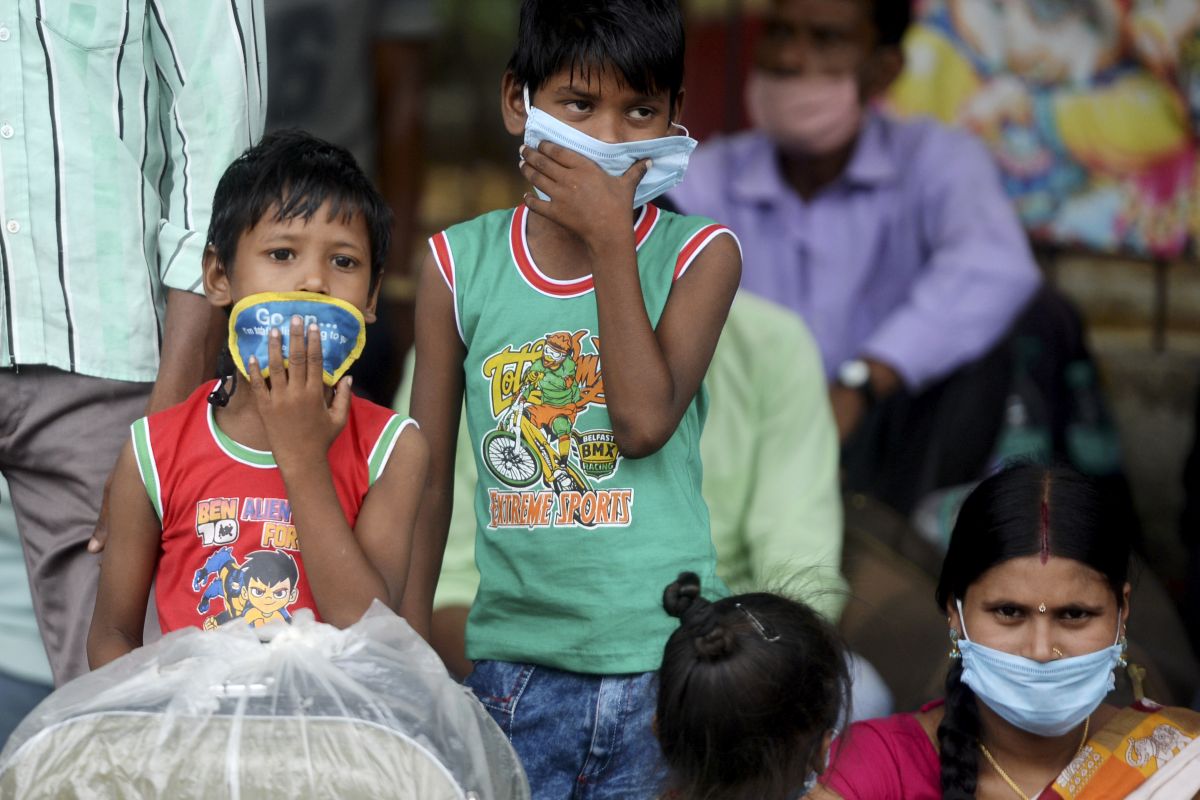A recent report by United Nations International Children’s Emergency Fund (UNICEF) titled ‘Lives Upended – How COVID-19 threatens the futures of 600 million South Asian Children’, has estimated deaths of as many as 8,81,000 children in South Asia, most of which will be from India and Pakistan.
The report cited a research by the Johns Hopkins Bloomberg School of Public Health, published in May, which warned that an additional 2,400 children in South Asia could die every day from the indirect consequences of the COVID-19 pandemic.
The research said, “South Asia could see the additional deaths of as many as 881,000 children aged 5 or under and that of 36,000 mothers over the next twelve months. The bulk of these deaths would occur in India and Pakistan, although Bangladesh and Afghanistan could also see significant levels of additional mortality.”
UNICEF Health Advisor for South Asia, Paul Rutter said “The direct risk to children from the virus is much less than that from the disruption to routine health services. It is crucial that childbirth, child health and nutrition
services remain available for families during the time of COVID-19.”
The report highlights how the pandemic has worsened the situation for children who are already suffering malnutrition in the region, bulk of which lives in India. “Across the region, an estimated 7.7 million children under five suffer from severe wasting and over 56 million – fully one third of all children in that age group are stunted. 40 million of those children live in India alone.”
The report pointed out that India and Nepal, face a particular problem, hundreds of schools being designated as quarantine centres. “Communities will need to be reassured that these schools have been safely disinfected before children are allowed back to class,” it said.
With schools closed, more than 430 million children have had to rely on remote learning which have only partially filled the gap; many households – especially in rural areas – have no electricity, let alone internet access. There are concerns that some disadvantaged students may join the nearly 32 million children who were already out of school before COVID-19 struck.
Phone helplines are reporting a surge in calls from children suffering violence and abuse during confinement at home. Some children are struggling with depression, even resulting in attempts at suicide.
Raising concern over the reverse migration in view of the lockdown, the report said the devastating impact on children was apparent in many parts of the region.
The report said that an even more troubling aspect of the pandemic has been the blaming of ethnic or religious communities for starting or fuelling the spread of COVID-19. Hate speech of this kind has surfaced in different countries, including Nepal, India, Sri Lanka and Afghanistan, the report said.
UNICEF has also said, an estimated 120 million children living in South Asian countries, including India, could slip into poverty within the next six months due to the COVID-19 crisis, taking the total number of such kids in the region to 360 million.










